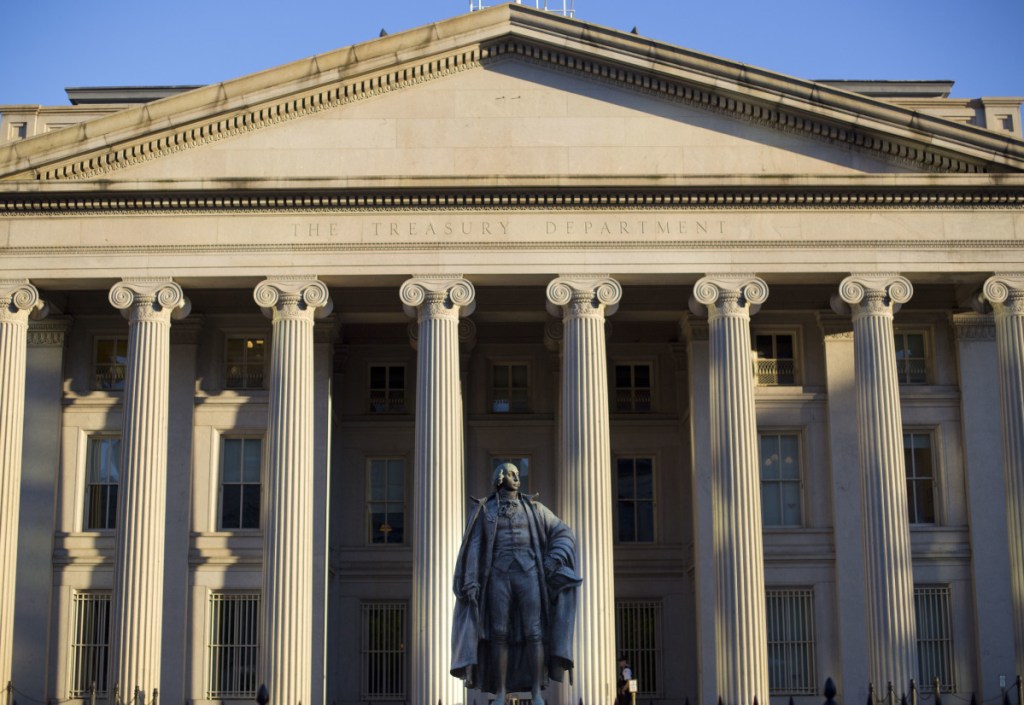The Treasury has recommended retaining a divisive procedure for handling troubled financial institutions with some changes, rather than scrapping the program as many conservative lawmakers had wanted.
The Treasury Department said Wednesday that the process, known as the orderly liquidation authority, could be altered, but should be kept in place as an emergency tool for use in circumstances where the collapse of a large financial institution could destabilize the entire economy.
For years, many Republicans in Congress have attempted to repeal this section of the Dodd-Frank Act, saying that it encourages big banks to engage in the types of risky behavior that ignited the 2008 financial crisis.
Treasury Secretary Steven Mnuchin said that the modifications would address many objections by making sure that the bank’s shareholders and creditors would bear any losses from the failure of the institution.
“The policy of this administration is clear: we will not tolerate taxpayer funded bailouts,” Mnuchin said in a printed statement.
A provision in the law had allowed regulators to seize and liquidate a financial firm if it was determined that allowing it to go into bankruptcy would pose a threat to U.S. financial stability. The process was designed as an alternative to the taxpayer-funded bailouts Congress approved after the collapse of Lehman Brothers in September 2008.
The liquidation authority in Dodd-Frank gave the government the power to impose losses on shareholders and liquidate toxic assets.
Conservative lawmakers argued that the provision allowed regulators to borrow from the Treasury to keep a failing firm operating during liquidation. They said that encouraged excessive risk taking and furthered the belief that some banks are too big to fail.
Send questions/comments to the editors.



Comments are no longer available on this story